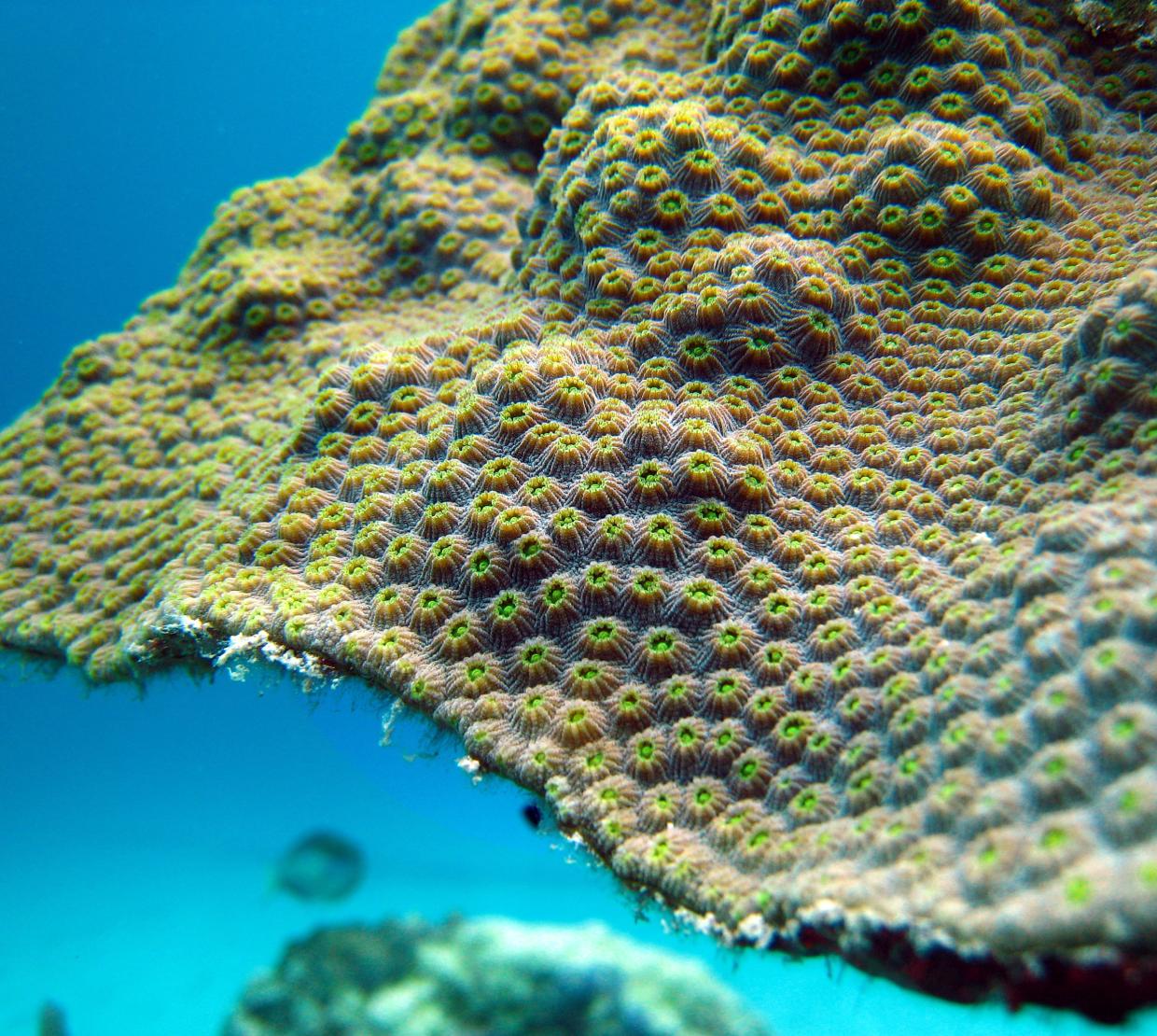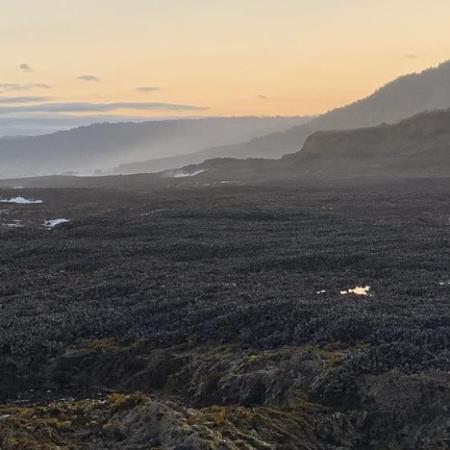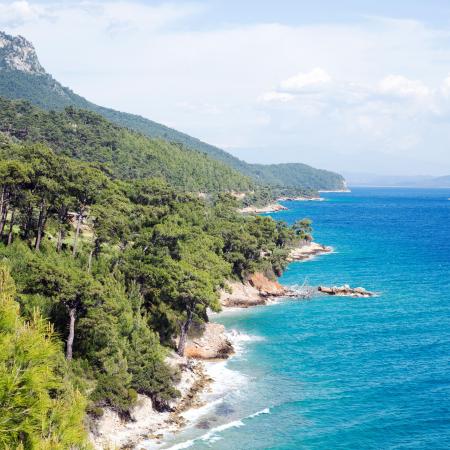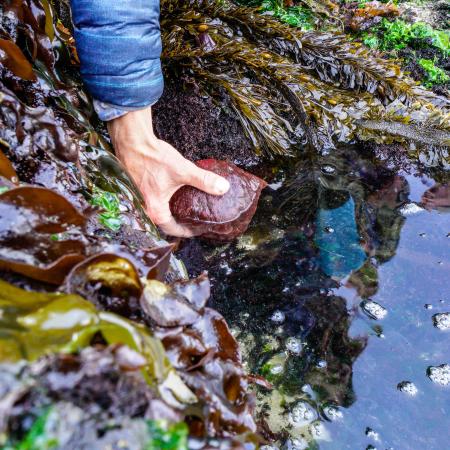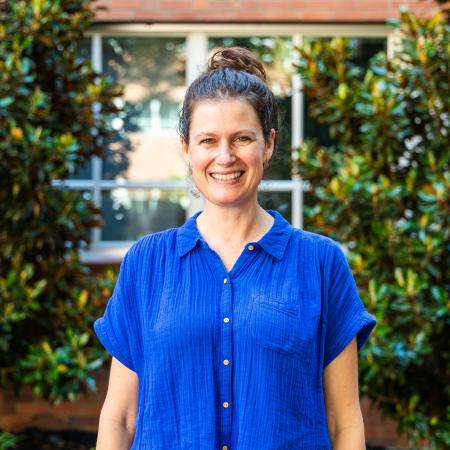CORVALLIS, Ore. – Algae and corals have been leaning on each other since dinosaurs roamed the earth, much longer than had been previously thought, according to new research led by scientists at Oregon State University and Penn State.
The findings, published today in Current Biology, are a key advance toward a better understanding of coral reefs, the Earth’s largest and most significant structures of biological origin.
Reefs are found in less than 1 percent of the ocean but are home to nearly one-quarter of all known marine species. They also help regulate the sea’s carbon dioxide levels and are a crucial hunting ground that scientists use in the search for new medicines.
Corals are made up of interconnected animal hosts called polyps that house microscopic algae, commonly known as zooxanthellae, inside their cells. The coral-algal symbiosis, or partnership, is the foundation of the entire coral reef ecosystem; the polyps receive food from the algae, and the polyps in turn provide nutrients and protection to the algae.
